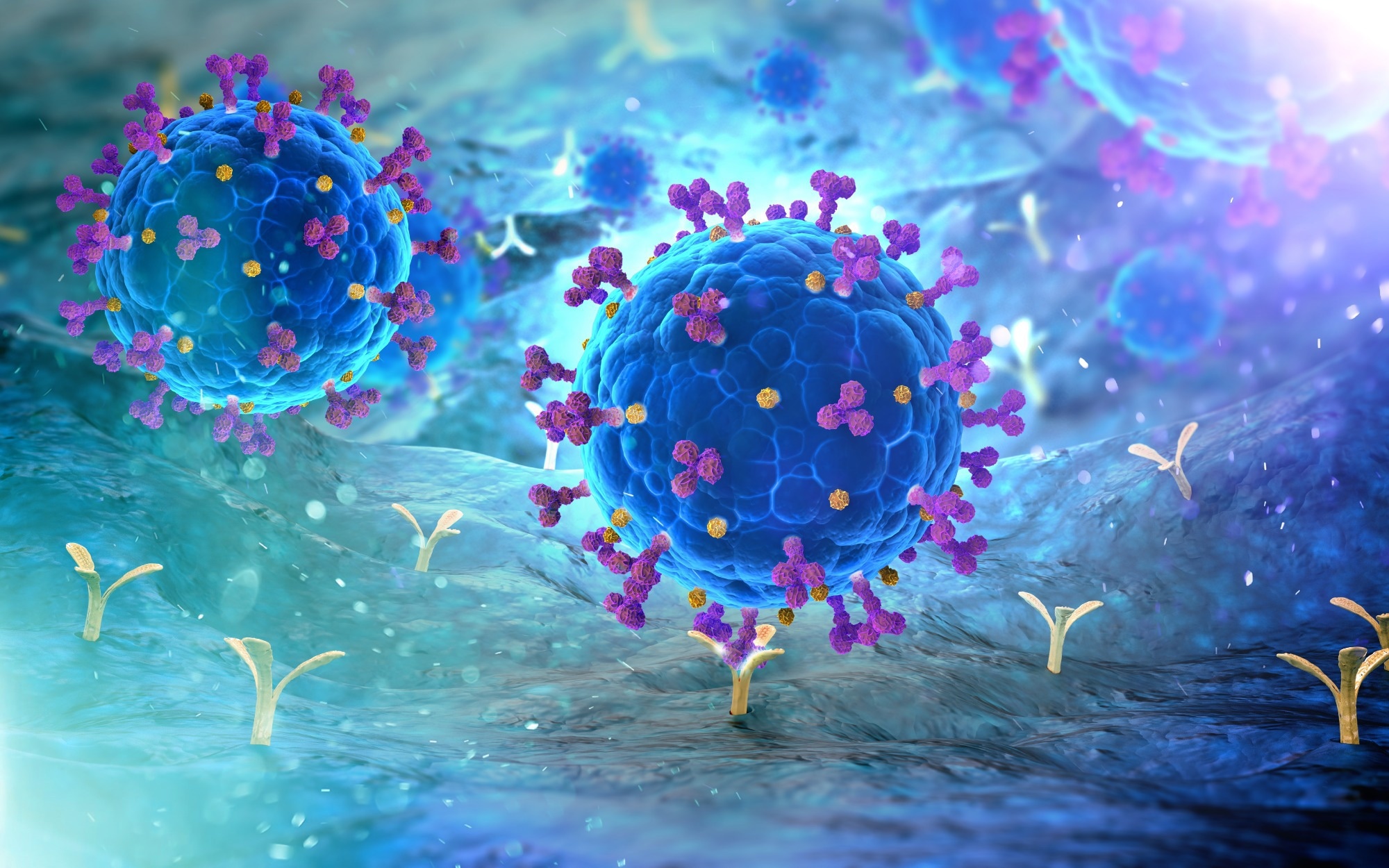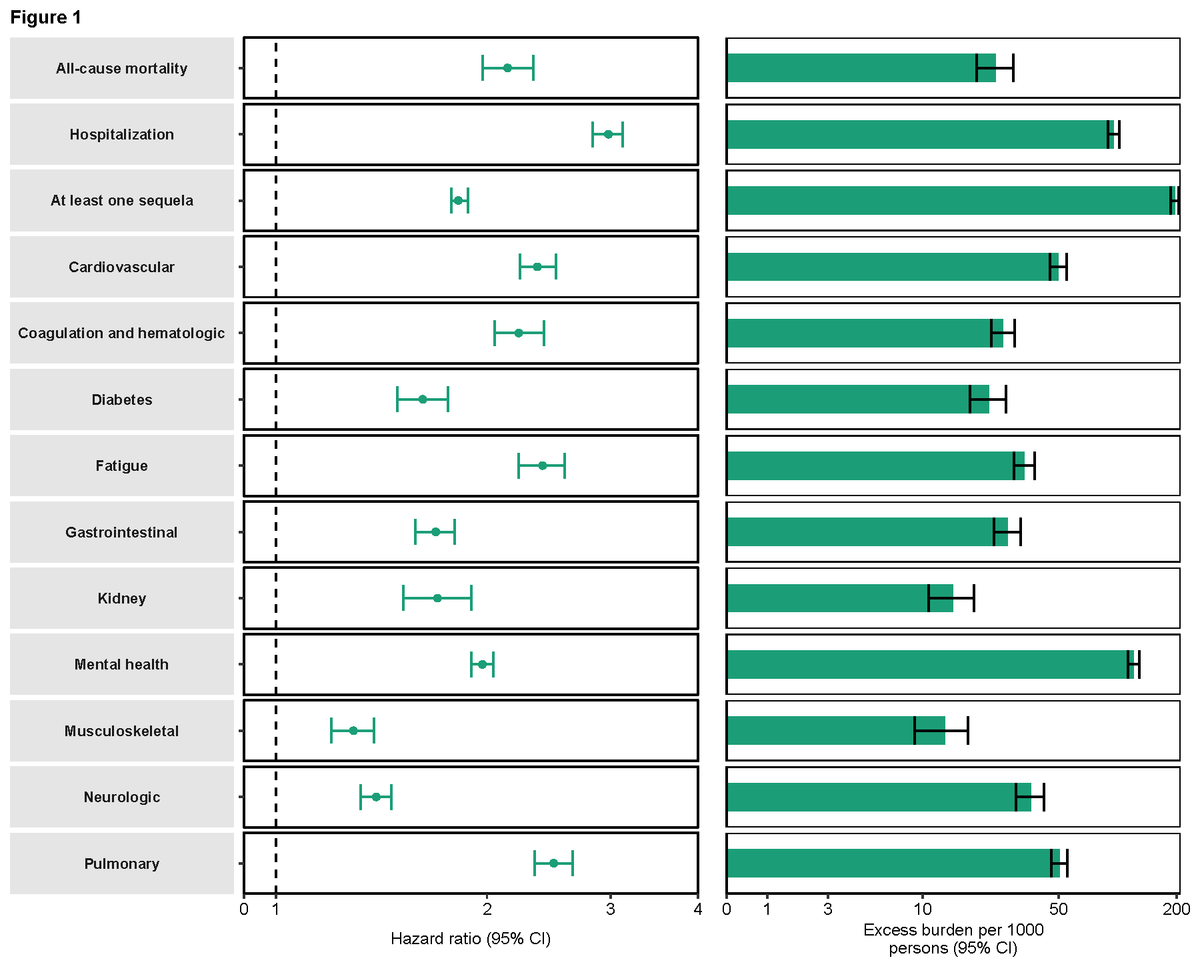In a fresh analyze beneath review on the Nature Portfolio journal and at the moment posted to the analysis square* preprint server, researchers at Washington school school of medication and VA Saint Louis fitness Care device confirmed that acute extreme acute respiratory syndrome coronavirus 2 (SARS-CoV-2) reinfection adds to the dangers of all-cause mortality and hospitalization gathered all over the primary SARS-CoV-2 infection.
 look at: outcomes of SARS-CoV-2 Reinfection. photo credit: Andrii Vodolazhskyi / Shutterstock
look at: outcomes of SARS-CoV-2 Reinfection. photo credit: Andrii Vodolazhskyi / Shutterstock
Globally, people are acquiring repeat SARS-CoV-2 infections or reinfections. despite the fact, stories haven't considerably investigated no matter if reinfection contributes to an elevated possibility of put up-acute sequelae within the pulmonary and extrapulmonary organ methods and even death. Addressing these questions may cut back the average burden of SARS-CoV-2 infections and inform reinfection mitigation and prevention options.
in regards to the look atin the latest look at, researchers accessed the USA department of Veterans Affairs electronic healthcare records (EHRs) to investigate how SARS-CoV-2 reinfection provides to the chance acquired after the primary infection. They characterized the hazards and 6-month burden of a panel of pre-unique results in a cohort of americans with first infection (n = 257,427), reinfection (2 or greater infections, n = 38,926), and a non-infected handle group (n = 5,396,855) to estimate risks and 6-month burdens of all-trigger mortality, hospitalization, and a set of pre-special incident results.
The researchers introduced two measures of SARS-CoV-2 reinfection-linked risks. First, they assessed the adjusted hazard ratios (HRs) of pre-special outcomes in re-infected people with those with a primary SARS-CoV-2 infection. 2nd, they assessed the adjusted extra burden of each and every adversarial medical result of coronavirus sickness 2019 (COVID-19) per 1,000 men and women at six months of reinfection.
lastly, the group carried out fantastic and poor outcomes handle analyses. The high-quality outcomes manage analysis tested the affiliation of a SARS-CoV-2 infection with the possibility of fatigue, a well-characterised, key submit-acute sequela of COVID-19. in the terrible outcome control analyses, the researchers verified the association of a SARS-CoV-2 an infection with negative effect controls, similar to atopic dermatitis and neoplasms.

possibility and burden of sequelae in americans with SARS-CoV-2 reinfection vs one infection. risk and 6-month excess burden of all-trigger mortality, hospitalization, at the least one sequela, and sequelae by using organ gadget are plotted. Incident effects had been assessed from reinfection to conclusion of follow-up. consequences are in evaluation of SARS-CoV-2 reinfection (n=38,926) to first SARS-CoV-2 an infection (n=257,427). Adjusted hazard ratios (dots) and ninety five% self assurance intervals (error bars) are offered, as are estimated extra burden (bars) and 95% self belief intervals (error bars). Burdens are introduced per 1000 men and women at 6 months of comply with-up from time of reinfection.
examine findingsThe examine population had 257,427 participants who shrunk COVID-19 handiest once and 38,926 contributors with two or more SARS-CoV-2 reinfections. in the verify group with reinfection circumstances, 12.29%, 0.seventy six%, and nil.08% of individuals had two, three, and 4 or greater infections, respectively. The median time distribution between the first-2d and 2nd-third infection changed into seventy nine and sixty five days, respectively. publish-weighting, the standardized imply modifications within the participant traits, including medicinal drugs, diagnoses, and laboratory look at various results, remained balanced in every evaluation.

possibility and burden of sequelae in people with SARS-CoV-2 reinfection vs one infection with the aid of vaccination status in advance of second an infection. possibility of all-cause mortality, hospitalization, at the least one sequela, and sequelae through organ gadget are plotted. Incident results had been assessed from reinfection to conclusion of follow-up. effects are in evaluation of SARS-CoV-2 reinfection (n=38,926) to first SARS-CoV-2 an infection (n=257,427). At time of comparison, there were 69.forty nine%, 9.09%, and 21.forty two% without a, one, and two or greater vaccinations, respectively, among those with reinfection. At time of assessment, there were 59.86%, 9.18%, and 30.96% with out a, one, and two or extra vaccinations, respectively, among the first reinfection community. Adjusted hazard ratios (dots) and ninety five% confidence intervals (error bars) are presented.
those with reinfections had a stronger risk of all-cause mortality, with HR of two.14 and an extra burden of all-cause mortality of 23.8 per one thousand humans at six months. These people also had a far better hospitalization risk, with an HR of 2.ninety eight. furthermore, individuals with reinfection exhibited an increased risk of sequelae in the pulmonary and a few extrapulmonary organ methods. thus, reinfection expanded the chance of antagonistic fitness results in people with cardiovascular problems, kidney complications, gastrointestinal issues, and musculoskeletal and neurological issues. general, reinfection adversely impacted a number of extrapulmonary organ techniques and the pulmonary device.
The tremendous effect control evaluation changed into in line with prior organic and epidemiological proof. Its consequences showed that in comparison to a non-contaminated control community, those with repeat SARS-CoV-2 an infection exhibited an extended possibility of fatigue (HR=2.02). Conversely, the risk of atopic dermatitis and neoplasms confirmed no such affiliation. additionally, the time from preliminary an infection to reinfection didn't exchange the association between reinfection and the amassed risks of all-trigger mortality, as a minimum one post-acute sequela, and hospitalization, as indicated by means of the interactions on the multiplicative scale.
ConclusionsA SARS-CoV-2 reinfection, even with someone's vaccination reputation, multiplied the possibility of all-trigger mortality, hospitalization, at least one sequelae, and sequelae in distinctive organ systems compared to the first infection. however the hazards had been most said within the acute an infection part, they continued within the publish-acute phase and up to 6 months for most sequelae. furthermore, the risk and burden of the pre-particular fitness results increased in a graded style, with the lowest chance for people with one SARS-CoV-2 an infection and the maximum in people with three or extra infections.
Over half a billion individuals have been infected with SARS-CoV-2 international at least once. The examine findings highlighted that persevered vigilance is essential for these people to in the reduction of the standard risk to at least one's health. additionally, experiences have gathered statistics that confirms that the reinfection chance is bigger with the SARS-CoV-2 Omicron variant. The latest examine adds to the existing physique of evidence, extra validating that reinfection adds possibility in both acute and publish-acute phases among utterly vaccinated individuals. this implies that mixed natural and vaccine-triggered immunity doesn't mitigate the chance following SARS-CoV-2 reinfection. In different words, inspite of COVID-19 heritage and vaccination status, people will want and benefit from reinfection prevention techniques.
*essential observeresearch square publishes preliminary scientific reviews that are not peer-reviewed and, therefore, should still now not be considered as conclusive, book medical follow/fitness-linked habits, or handled as based counsel.

Post a Comment